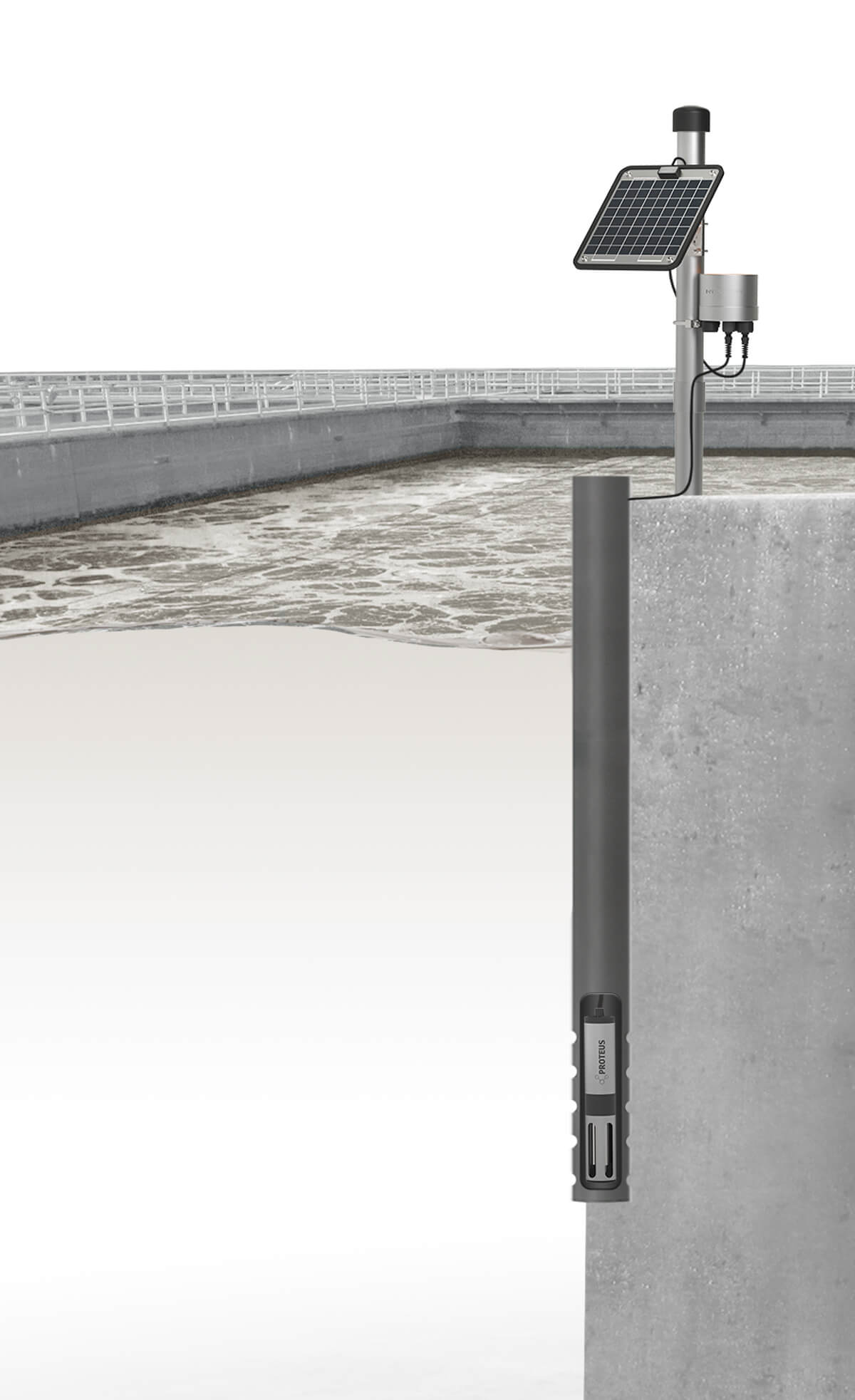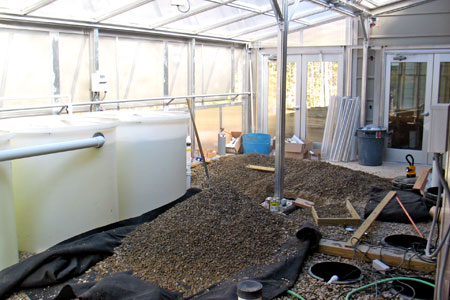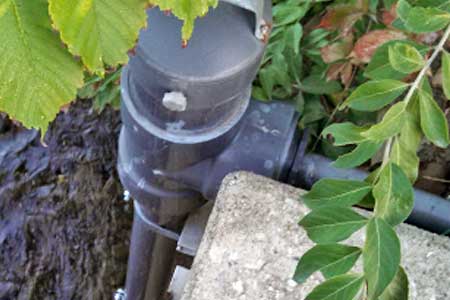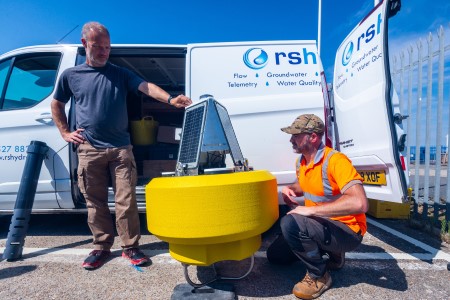Wastewater BOD Monitoring

Biochemical oxygen demand (BOD) is one of the most important measurements in wastewater treatment. Regulatory requirements normally determine the permissible threshold for treated waters discharged back into the environment using a lengthy test such as BOD5 to control. Recent advances in online measurement systems now make it possible to measure BOD, COD and other parameters in real-time and with improved accuracy.
Wastewater BOD

Typical Wastewater BOD Monitoring System
Recent advances in sensing technology now make it possible to accurately sample wastewater for BOD at any stage of the treatment process - a dramatic improvement over traditional methods such as BOD5. By combining the Proteus multiparameter water quality sonde with NexSens telemetry systems, accurate BOD measurements can be delivered in near real-time.
The Proteus was developed in the UK via collaboration between RS Hydro and the University of Birmingham. In addition to BOD, it supports calibrations for other parameters relevant to water and wastewater treatment including chemical oxygen demand (COD), dissolved organic carbon (DOC), and total organic carbon (TOC). The probes also accommodate other sensors for basic and advanced measurements like pH, DO, turbidity, CDOM and tryptophan, all in a single instrument package.
Combining the Proteus with the NexSens X3 environmental data logger allows for online data collection from nearly any location. The X3 runs from a fixed AC power supply or SP-Series solar power pack. Data is transmitted wirelessly to the WQData LIVE web datacenter, which includes a rich feature set for viewing, manipulating, reporting and exporting of data. Configuration of alarm notifications is also possible to inform personnel when critical thresholds are surpassed.
Besides the Proteus, systems can easily be expanded with a wide range of industry-standard sensor types such as water level sensors and velocity/flow meters. The multiple sensor ports on the X3 data logger facilitate multi-sensor deployments from the same unit. Buoy-based measurements are also possible, for example, to measure DO at locations where effluent is discharged back into surface waters.
Contact a NexSens Applications Engineer today to discuss your wastewater BOD monitoring application.

Case Studies
Powdermill Nature Reserve Wastewater Monitoring
In Powdermill’s Marsh Machine, wastewater passes through an anaerobic digester, a series of three tanks filled with plants that take up nitrates, phosphates, and potassium, and then a second marsh before moving to a holding tank. Processed water is recycled to the restrooms for flushing toilets, and any excess water is pumped into a Department of Environmental Protection-approved drainage field.
Read MoreLake Erie Tributary Monitoring
The western basin of Lake Erie gets a lot of attention thanks to its role in large algal blooms, but it is not the only part of the lake affected by nutrient runoff. Organizations all around Lake Erie work to manage runoff going into different basins of the lake. One of those is the Northeast Ohio Regional Sewer District, which maintains multiple water quality monitoring stations along creeks and rivers that flow into Lake Erie’s waters near Cleveland.
Read MoreTackling Beach Safety with UK’s First Bacterial Monitoring Buoy
In the UK, Proteus Instruments and RS Hydro are working to ensure that swimmers can safely enjoy a bath at their favorite beach with the aid of groundbreaking real-time sensor technology. Buoys equipped with Proteus water quality multi-probes are helping to instantly deliver critical information on bacterial loads – data previously only available through lengthy laboratory analysis. This real-time data better informs beach managers and helps ensure the safety of swimmers.
Read More






